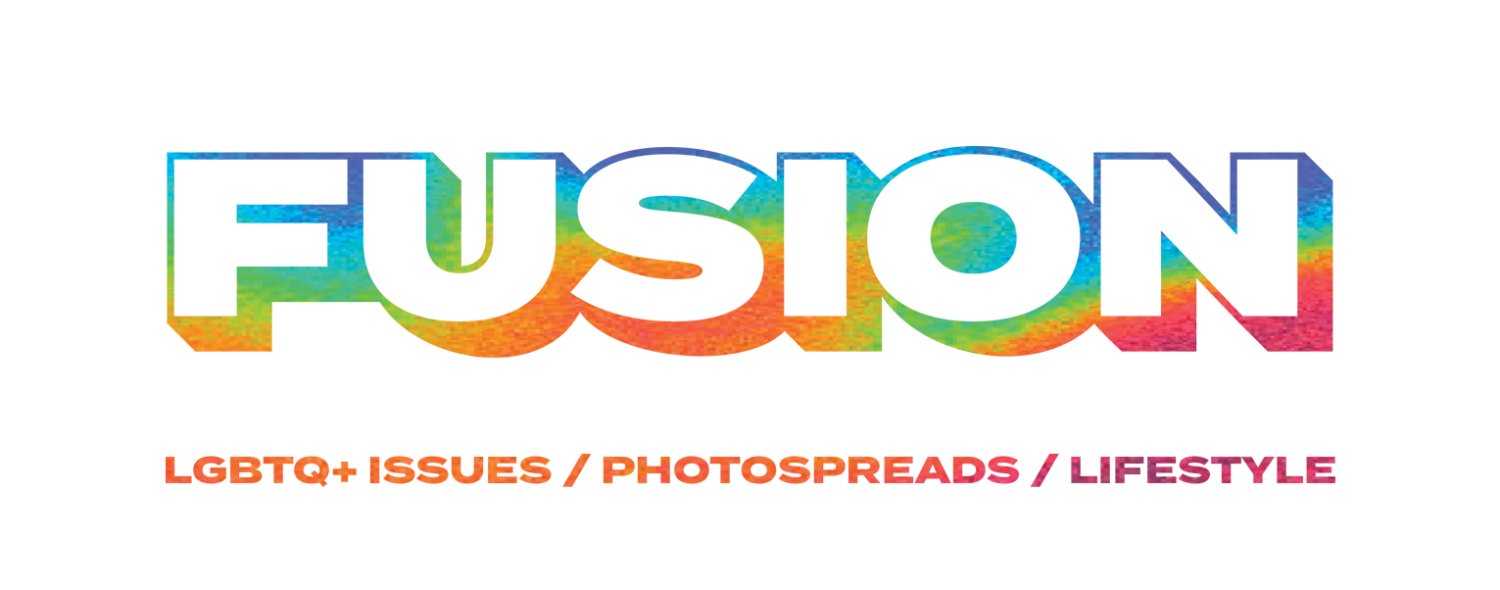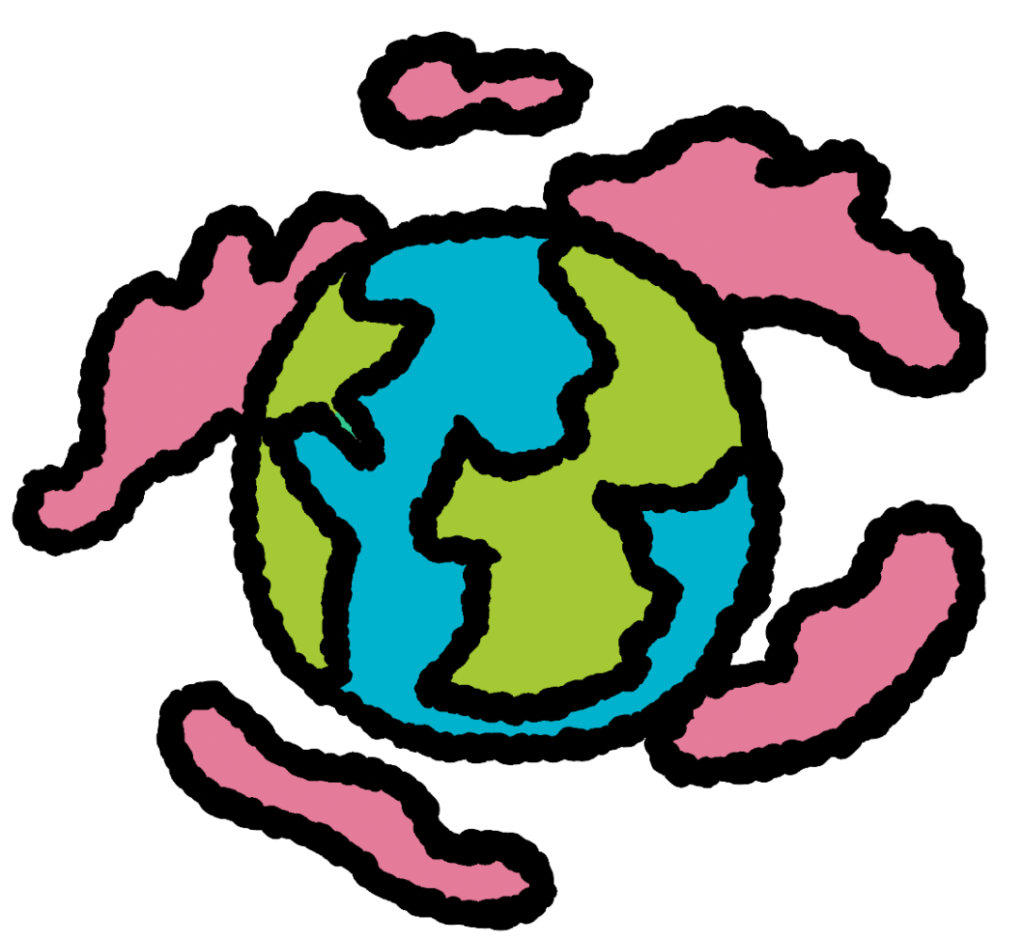Growing Intersections Between Environmental Justice and the LGBTQ+ Community.
What is EJ?
The Environmental Protection Agency (EPA) defines Environmental Justice (EJ) as “the fair treatment and meaningful involvement of all people regardless of race, color, national origin, or income with the respect to the development, implementation and enforcement of environmental laws, regulations and policies.” EJ should, in theory, include LGBTQ+ people. After all, everyone is impacted by the environment.
The EJ movement (EJM) is founded on the principle that everyone has the right to a clean, non-toxic, non-polluted environment. The EPA traces the EJM’s roots to the Civil Rights Movement of the 1960s, when people of color addressed environmental inequities. However, EJ likely has an even longer history.
Intersectionality, defined by the Merriam-Webster Dictionary as the complex web of overlapping discrimination, is important to EJ. The people who are most affected by environmental injustice are usually people of color, women and people who have low socioeconomic status.
More research is being done that shows LGBTQ+ people are included in this group. The American Journal of Public Health (AJPH) published an editorial by Leo Goldsmith and Dr. Michelle Bell of Yale University titled “Queering Environmental Justice: Unequal Environmental Health Burden on the LGBTQ+ Community.”
Goldsmith and Bell detailed the numerous ways how environmental health is a concern for LGBTQ+ people, especially the matters of air pollution and systemic discrimination. In sum, discrimination and marginalization lead to poor living conditions, which lead to increased exposure to environmental hazards that are detrimental to people’s health.
Human Rights and EJ
The National Center for Lesbian Rights (NCLR) reports that EJ is an LGBTQ+ issue when looking through the lens of human rights. People with less privilege shoulder a disproportionate burden of environmental injustice.
According to Lauren Vachon, an associate professor at Kent State University who teaches the LGBTQ Studies minor, environmental health is an issue for everyone, but it is exacerbated for LGBTQ+ people.
“LGBT people are at risk in so many different ways with relationships like when it comes to their health,” Vachon said, “and so we suffer from lack of access to healthcare … [we are] less likely to feel safe going to a doctor [and] all these things add up.”
There is currently little data to prove that LGBTQ+ people are affected by environmental injustice. Goldsmith and Bell’s editorial said there is not enough research or solid evidence within this intersection. The report mostly focuses on white cisgender queer people, which does not represent the entire community.
To further exacerbate this issue, it is often difficult for officials, such as those who work in public health, to reach out to the LGBTQ+ community.
Andrew Snyder, the researcher who wrote Kent State University’s College of Public Health’s report on the LGBTQ+ Community Needs Assessments for Greater Akron said, “Social stigma [makes] it really difficult to work with LGBTQ youth. I mean, it is a vulnerable population. But it’s hard for me to engage with LGBTQ youth from a research perspective [because] everyone’s nervous and it’s a liability.”
Kent State’s College of Public Health is conducting a similar study in the Greater Cleveland area. This needs assessment will hopefully point to meaningful data on what challenges the LGBTQ+ community faces and possible solutions.
Visible Injustice
The easiest environmental issue to see is air pollution. Unlike contaminated soil or water, many forms of air pollution are visible to the naked eye, like smoke or smog. It is also easy to identify—coughing, sneezing, itchy eyes and throats.
“Some intersections experience more discrimination than others and the discrimination that is felt can affect health outcomes in different ways,” Snyder said.
Goldsmith and Bell concentrated on the effects of air pollution on the LGBTQ+ community — this population faces much more air pollution than cisgender and heterosexual individuals.
According to these same researchers, LGBTQ+ people could not afford housing. Loans were usually prioritized for white heterosexual, cisgender married couples who planned to have biological children. This left out people of color, unmarried couples, transgender and gender-nonconforming people and anyone who did not want to have biological pregnancies. As a result, these people lived in areas with more polluting industries, lead paint and a multitude of other harmful environmental factors. Because of this, these neighborhoods tend to have lower air quality.
“LGBTQ people are more likely to live in places with poor air quality or lack of access to health care or environmental conditions … LGBT people are often living in neighborhoods where air quality is low and there’s industry and factories and things that aren’t necessarily safe for people to be living there,” Vachon clarified. “Especially, I would say, LGBTQ people of color are even more likely to be living in places that aren’t good for their health.”
These factors are exacerbated by other issues—racial discrimination, less education and backgrounds in lower economic classes all contribute to lower air quality, and thus lower health status. As Snyder put it, “you can only live where you can afford to live.”
A very real and tangible effect of air pollution is difficulty in chest-binding, the process of compressing one’s breast tissue. Low air quality can make allergies and respiratory diseases worse, which makes it difficult and even dangerous to bind one’s chest. This can have extremely detrimental effects to transgender people’s mental health, in addition to their physical well-being.
The Climate Crisis and Discrimination
As climate change continues to grow, so will discrimination, according to the AJPH. In the case of Hurricane Katrina in 2005, “LGBTQ+ persons were blamed by some religious leaders for the disaster and excluded from disaster response policies; additionally, they lacked benefits given to married heterosexual couples.”
Research from around the globe, including the EPA, indicated that extreme weather events like Hurricane Katrina will become more frequent, and even more disastrous. These situations will bring more devastation, and likely more discrimination against the LGBTQ+ community, as seen in 2005.
Intrinsic Connection
Historic discrimination against LGBTQ+ people makes the community more susceptible to the effects of environmental injustice. General increased exposure to air pollution in particular is an EJ issue that negatively impacts LGBTQ+ health.
Vachon weighed in on the future of EJ and climate change, “if we are talking about a future where there are limited resources, or there are places that are completely unsafe to live, I would certainly predict that LGBTQ people will struggle to have access to those safe places.”
EJ seeks to give power to all people to fight for a better future. EJ demands that all people, no matter who they are, have the right to a safe and clean environment, including the LGBTQ+ community.

